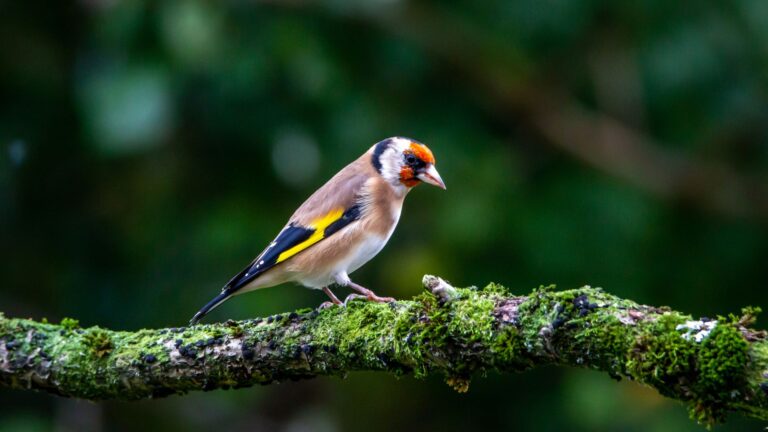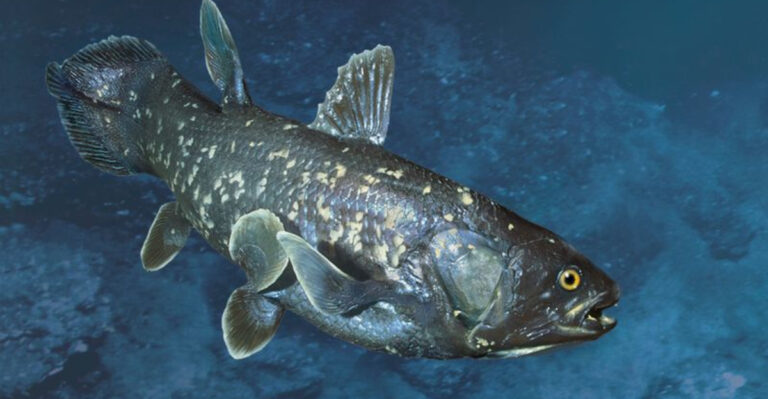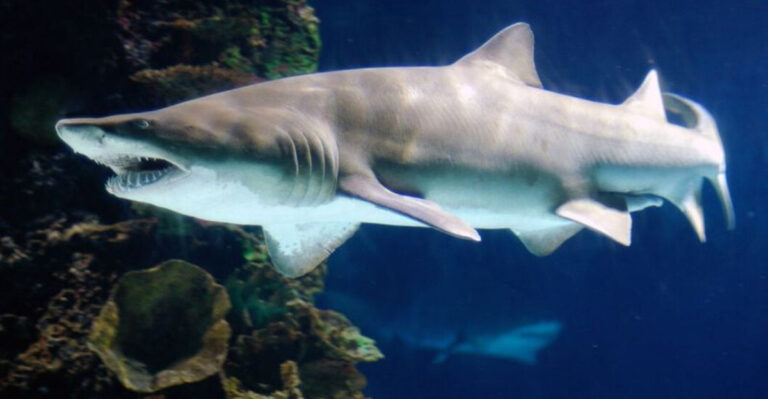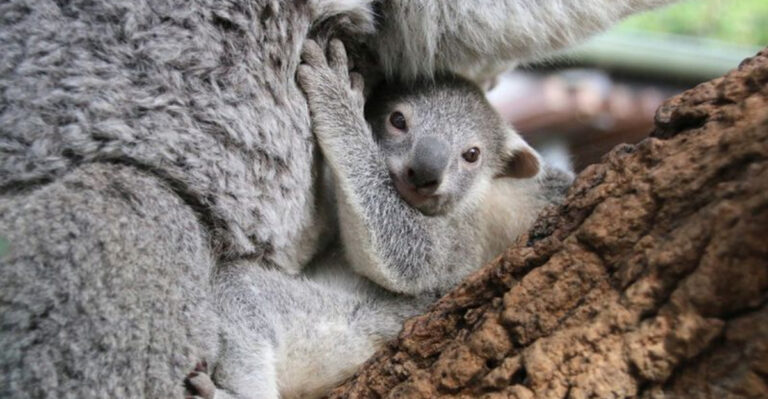14 Species That Disappeared Because Of America’s Most Severe Disasters
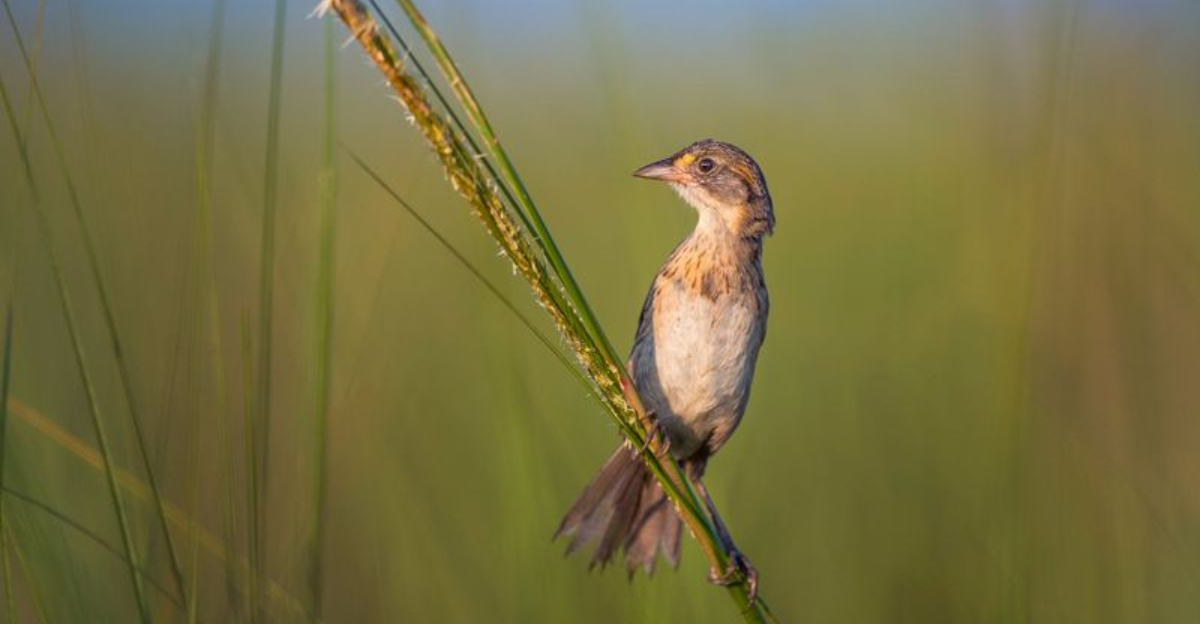
America’s history is marked by devastating natural and man-made disasters that forever changed our landscapes and ecosystems. While human casualties often dominate headlines, countless animal species silently vanished in these catastrophes.
From raging wildfires to toxic chemical spills, these disasters dealt the final blow to already vulnerable populations, erasing unique creatures from our planet forever.
1. Caribbean Monk Seal

This sleek marine mammal once lounged on warm beaches across the Gulf of Mexico and the Caribbean. But relentless hunting for its oil-rich blubber pushed populations into rapid decline.
As human settlements grew, their resting sites vanished, and conservation came far too late. By the early 2000s, the Caribbean monk seal was officially declared extinct.
2. Passenger Pigeon
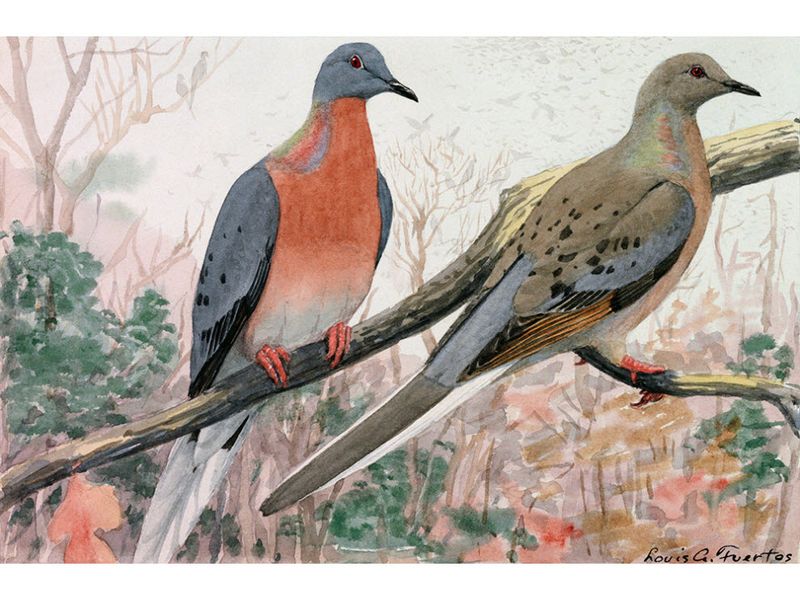
Passenger pigeons once blackened the skies with flocks a mile wide – but their abundance made them a target. Industrial-scale hunting and rapid deforestation destroyed their numbers and nesting grounds.
With no laws in place to protect them, the population collapsed in just a few decades. The last known pigeon died in captivity in 1914.
3. Dusky Seaside Sparrow
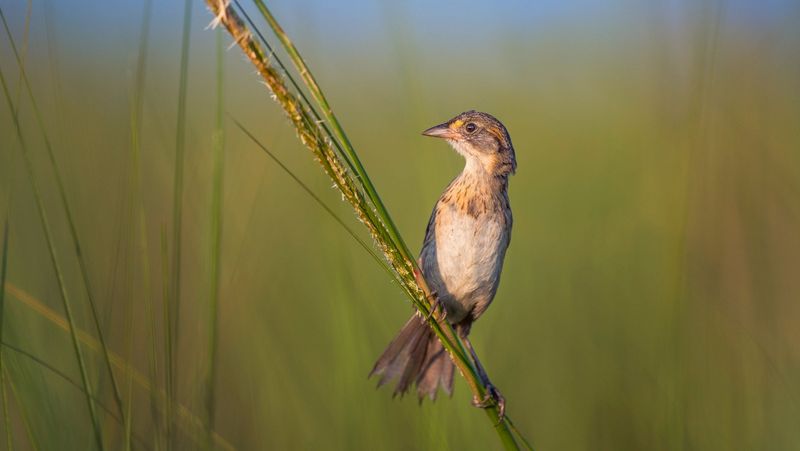
This small bird lived in Florida’s marshes, relying on delicate ecosystems near the coast. As flood control projects drained wetlands and pesticide spraying intensified, their habitat vanished almost overnight.
Captive breeding efforts failed when no females were left.
By the late 1980s, the dusky seaside sparrow faded into extinction.
4. Great Auk
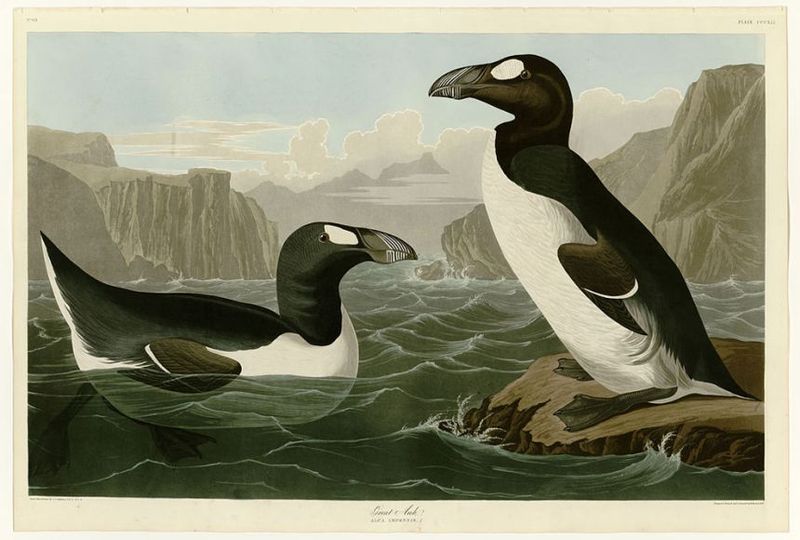
Flightless and trusting, the great auk bred on remote North Atlantic islands. Hunters collected them in huge numbers for food and feathers.
Storms and human interference wiped out their fragile nesting sites. The species vanished in the 19th century, marking a tragic end to a once-thriving seabird.
5. California Grizzly Bear
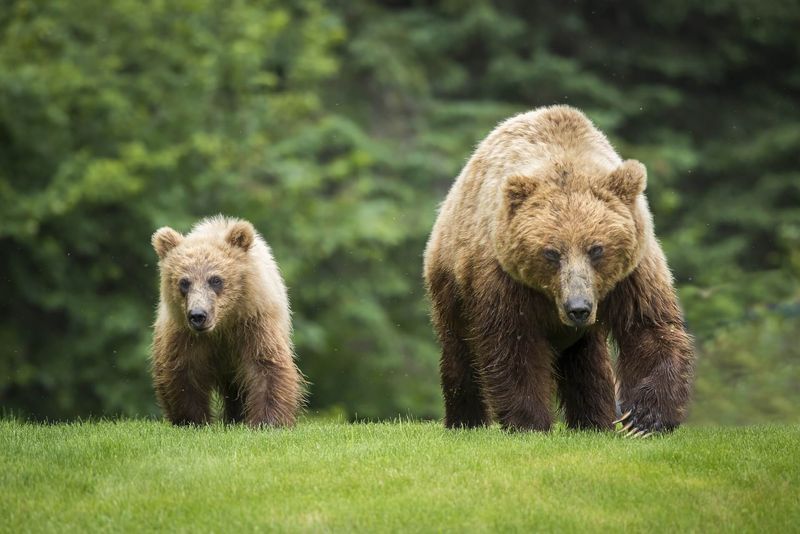
These powerful predators once dominated California’s wild landscapes. However, as settlers moved west, the bears were hunted extensively and lost their habitats to farming and towns.
Natural resource scarcity during droughts made coexistence even harder. By the 1920s, they had vanished from the state.
6. Tecopa Pupfish

This desert fish once thrived in warm springs in California’s Mojave Desert. The springs were altered in the 1960s for human recreation, changing water flow and temperature.
With their specific habitat conditions gone, the fish couldn’t survive. It became the first officially delisted species under the Endangered Species Act in 1981.
7. Labrador Duck
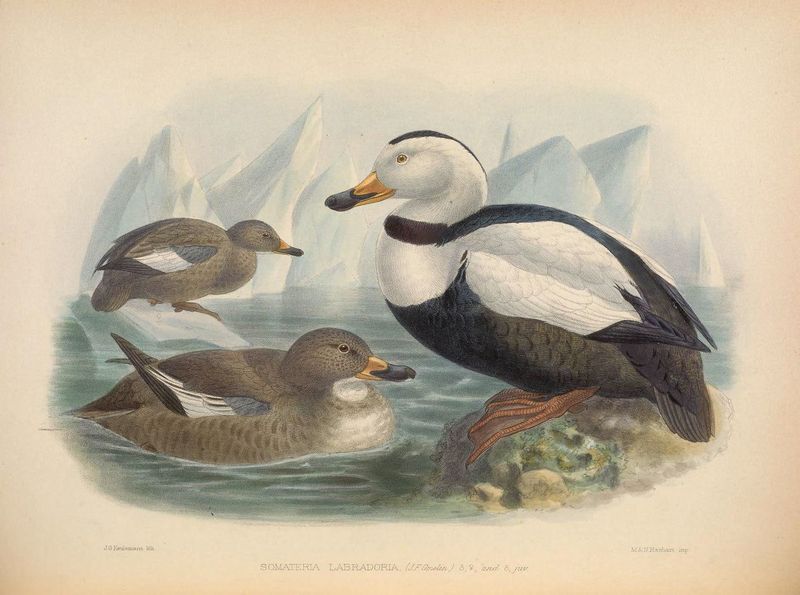
Little is known about this sea duck, making its disappearance all the more mysterious. It relied on unspoiled coastal waters, but human activities disrupted its food supply and habitat.
Coastal development and pollution may have pushed it past the tipping point. By the late 1800s, it was gone without much notice.
8. Eastern Cougar
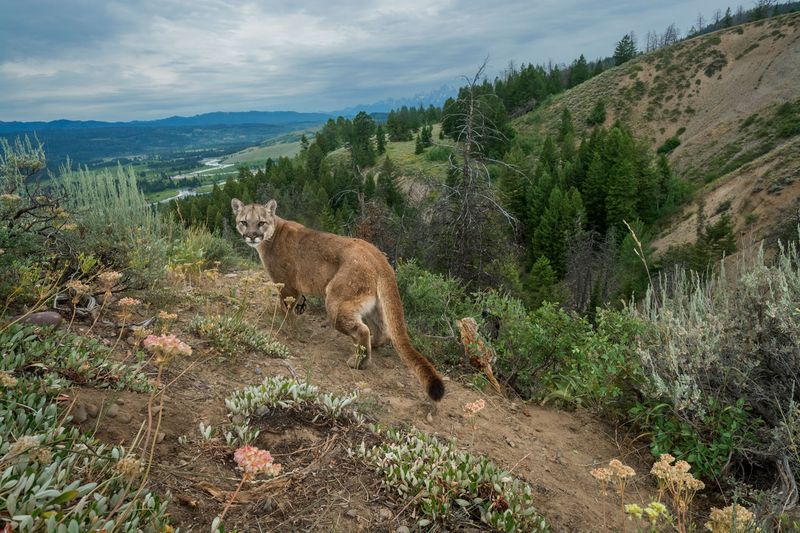
Spanning the forests of eastern North America, this elusive big cat was driven out by human expansion. Forests were cleared for agriculture, and fear led to aggressive extermination.
Loss of prey and fragmented territory made survival impossible. In 2011, it was declared extinct after decades without verified sightings.
9. Heath Hen

Once abundant in the eastern U.S., this ground-dwelling bird fell victim to overhunting and habitat destruction. Fires and severe winters further thinned their numbers, while disease struck the few that remained.
Conservation areas were set up, but the population never bounced back. The final bird was spotted in 1932 on Martha’s Vineyard.
10. Ivory-Billed Woodpecker
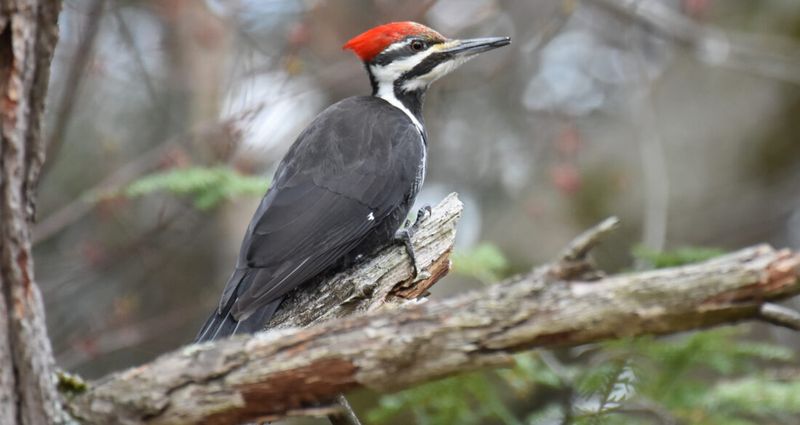
Recognized by its bold black and white feathers, this large woodpecker thrived in old-growth southern swamps. Clearcutting wiped out the trees it needed to nest and forage.
With fragmented populations and recurring natural disasters, its numbers plummeted. Though a few unconfirmed sightings persist, it’s believed to be extinct.
11. Bachman’s Warbler
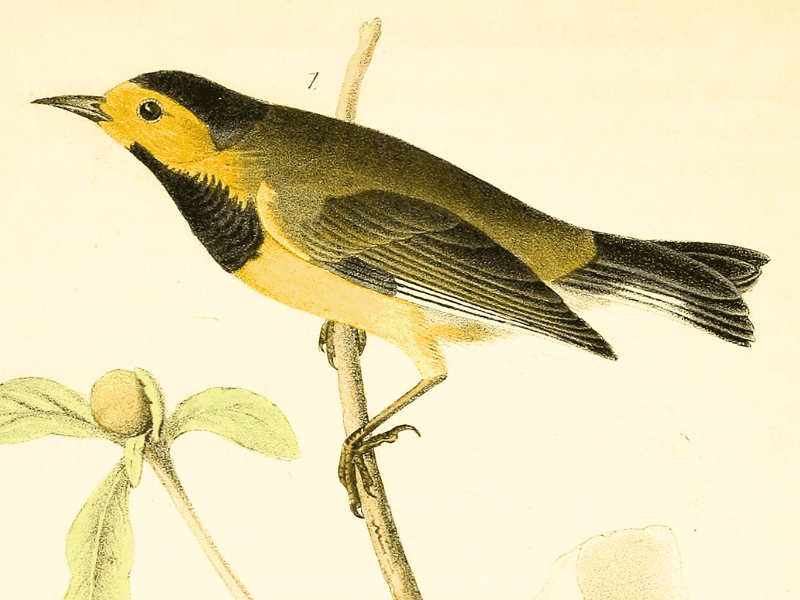
This brightly colored bird favored dense, swampy thickets that gradually disappeared due to agriculture and logging.
Seasonal flooding worsened conditions for breeding. As sightings became fewer, researchers feared the worst.
Today, it is considered extinct, though no formal declaration has been made.
12. Columbian Mammoth
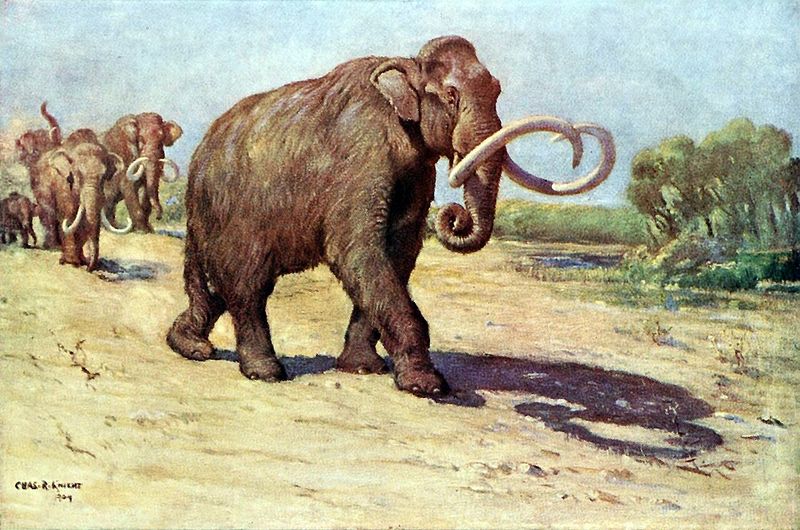
Roaming the plains of North America during the Ice Age, these massive mammals faced dramatic environmental change. As climates warmed and food sources dwindled, early humans also hunted them for survival.
Their size and slow reproduction didn’t help their odds. Eventually, they disappeared from the fossil record.
13. Steller’s Sea Cow
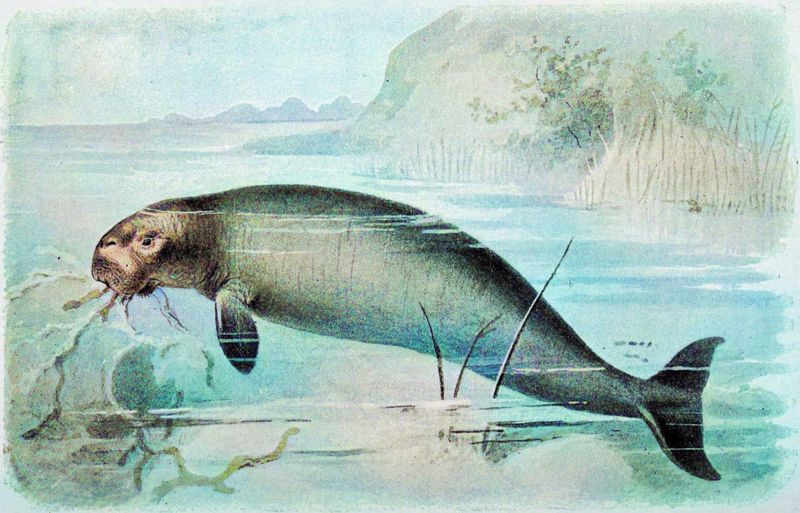
These massive herbivores once grazed on kelp beds near the Bering Sea. After their discovery in the 1700s, they were hunted relentlessly for meat and hide.
Environmental shifts reduced the kelp forests they depended on. Their entire known population was gone in less than three decades.
14. Blue Pike
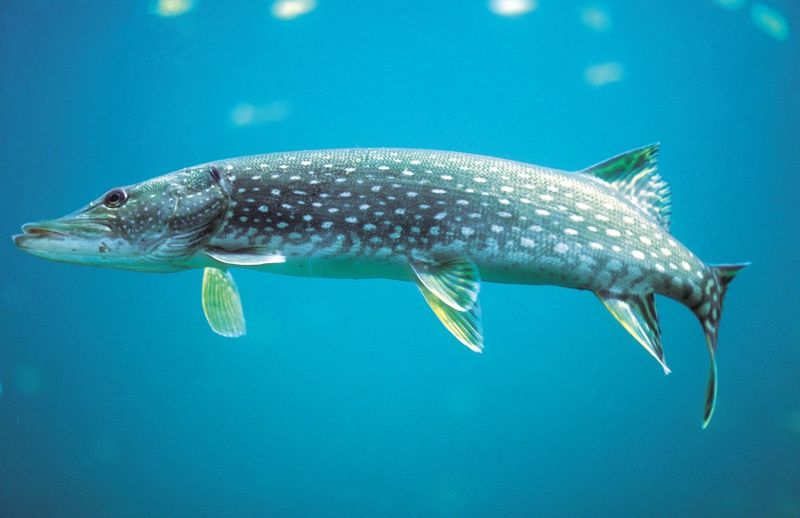
A popular fish in the Great Lakes, the blue pike collapsed under pressure from overfishing and pollution. Habitat degradation made breeding impossible in their native waters.
Despite regulations, the population failed to recover. By the 1980s, the species had completely disappeared.


